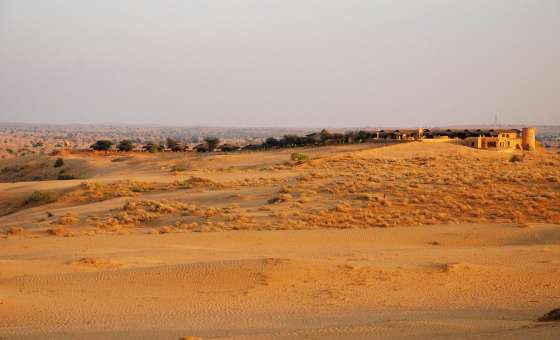Giles Tillotson“Meharangarh is one of India’s most important historic monuments it is a centre of religious pilgrimage, of scholarly study, and of heritage conservation and it is a magnet for visitors from the surrounding region and world.”
Located on the foothills of a sandstone hillock, the city of Jodhpur seems like an oasis in the vast desert. The city is known by three names as the "Sun City" for the bright, sunny weather it enjoys all year. It is also referred to as the "Blue City" due to the vivid blue-painted houses around the Mehrangarh Fort.
History and Culture
The city of Jodhpur was founded by the Rajput chief of the Rathore clan, Rao Jodha.Rainmal, the father of Rao Jodha, was killed in a court conspiracy which forced Rao Jodha to escape to save his life. Post few years, he was able to regain control over his lost kingdom after one of his trusted fellow men advised him to establish his capital on the top of a hill made up of sandstone by the edge of the Thar sands. The Mehrangarh Fort thus became unbeatable making Jodhpur immune to any enemy attacks.
Being at the onshore of Thar Desert, referred to as the “Gateway to Thar”, life has been influenced with ways of the desert folks (gypsies can be found in many parts of the city) forts and palaces, temples and havelis, culture and tradition, spices and fabrics, colour and texture, a booming handicrafts industry, all add up to make this historic city worth a visit.
Climate
The best time to visit Jodhpur is from October to March. Being a city located in and around a deserted terrain; during the day, there can be straight sun rays, while at night it becomes pleasantly chilly.
- October - March













